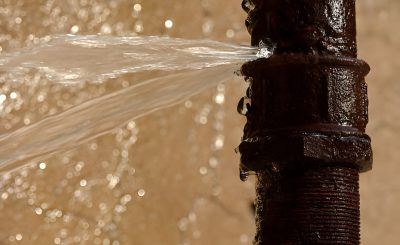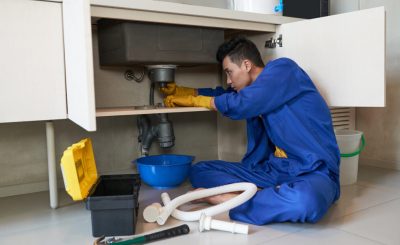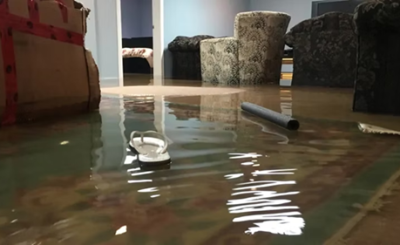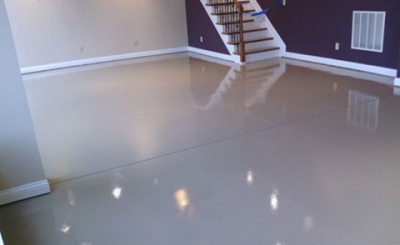If you’re thinking about solar energy for your home, the snowy winters might make you hesitate. Living in a cold place might make you think solar isn’t worth it. But that’s not true. Solar panels work well in cold areas too.
Studies say solar panels are even better in cold weather. Surprisingly, snow can bounce sunlight onto the solar panels, making them work better. This article will talk about the best ways to put up solar panels in cold places. Let’s get started.
Solar Panels for Cold Climates
When snow piles up on solar panels, their production goes down. Also, wind can harm the panels. So, it’s crucial to think about how solar panels are placed in cold weather. Let’s check out the various ways to mount them and see how they work in chilly conditions.
Comparing Vertical & Horizontal Orientations for Cold Climates
If your area gets a lot of snow, choosing a vertical orientation for your solar panels might not be the best idea. Solar panel installers can set up PV modules either horizontally or vertically. When it snows, the snow usually slides off the edges of vertical panels, but it can cover them, reducing their productivity.
Adjustable Panels for Cold and Snowy Weather
In places with lots of snow, you can avoid issues by getting adjustable mounts for your solar panels. These mounts tilt the panels so that snow can easily slide off. You might need to do this a few times.
This feature helps produce more solar energy. Since the earth moves, the perfect tilt for solar panels can change throughout the year. Adjusting the tilt to a steeper angle helps the snow melt faster. A steeper angle makes the snow fall off quickly, improving solar power production. When considering this option, make sure to set up the mounts and orientation that work for your home. A qualified solar panel installer can check out your home and figure out the best system for you.
Getting Snow Guard for Solar Panels
Solar PV modules absorb the sun’s rays and turn them into electricity. These panels have a temperature of 36 degrees Fahrenheit, which is higher than the air around them. When the sun shines on them, the panels warm up, melting the snow. To protect solar panels, homeowners can get snow guards.
This post was written by Daniel Massaad, owner and expert solar technician at Energy Solutions Direct! ESD is one of the top solar panel companies in Florida! Our licensed and certified contractors are masters of their craft; with years of experience servicing the great Tampa Bay area and beyond, the choice is simple. ESD excels at offering you the best in solar value! For more information, Click Here.








